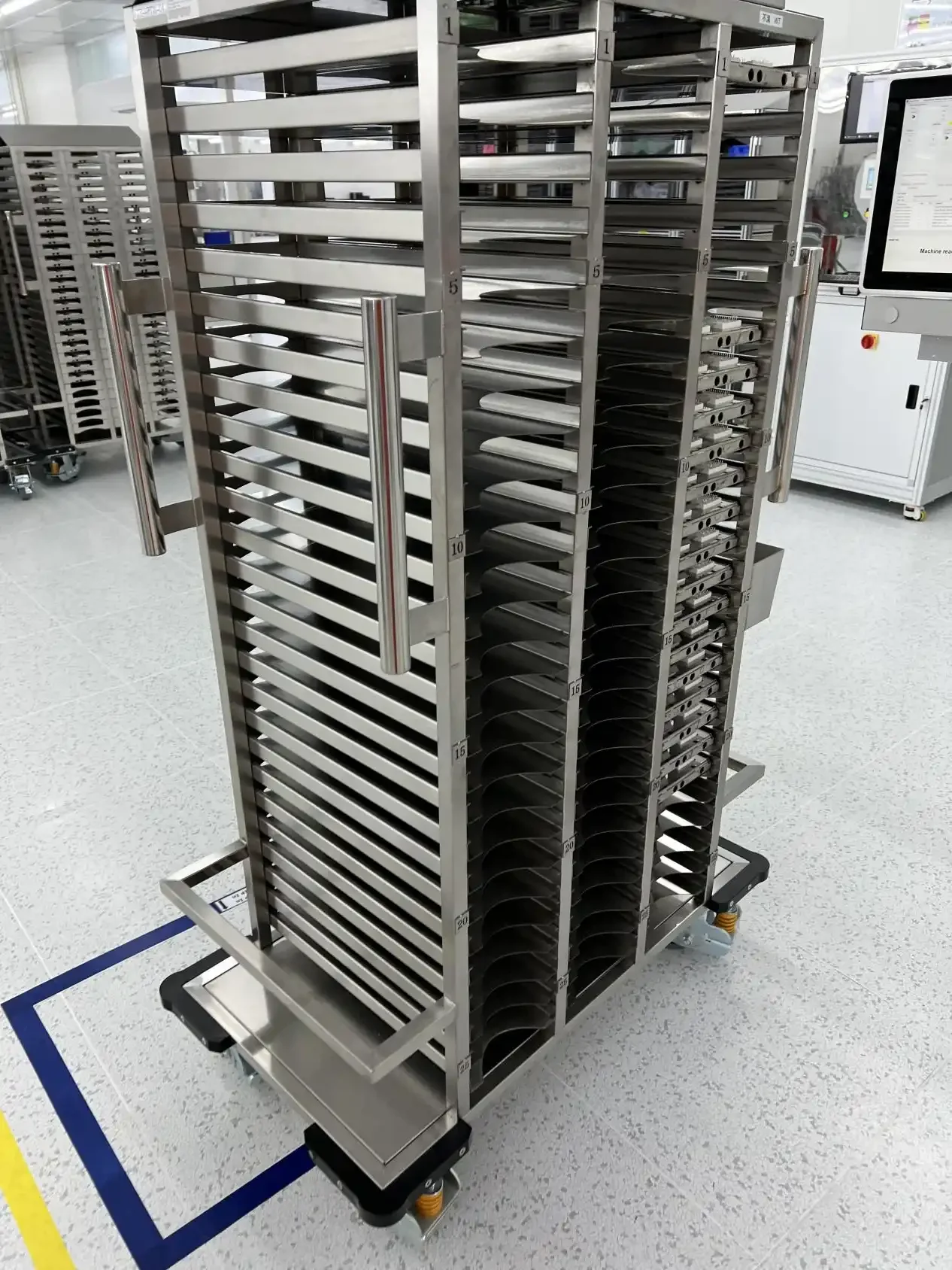- This topic is empty.
-
AuthorPosts
-
2025-04-27 at 6:30 pm #3565
Non-ferrous metals, including aluminum, copper, zinc, titanium, and others, are integral to a wide range of industries due to their exceptional properties, such as high corrosion resistance, electrical and thermal conductivity, and light weight. The non-ferrous metal processing industry is crucial for shaping and manufacturing these metals into products that meet the diverse needs of various sectors, from aerospace and automotive to electronics and construction. This article Shuoer dives deeper into the techniques used in non-ferrous metal processing.
What is Non-Ferrous Metal Processing?

Non-ferrous metal processing refers to the various methods used to form, shape, and treat metals that do not contain significant amounts of iron. Unlike ferrous metals, which are mainly composed of iron, non-ferrous metals are primarily made up of other metals like aluminum, copper, zinc, and titanium. These metals are sought after for their distinct characteristics, including higher resistance to corrosion, lower density, and better electrical conductivity. The non-ferrous metal processing industry includes techniques that modify these metals to meet specific requirements for strength, appearance, and form. Processes like casting, rolling, extrusion, forging, and heat treatment help manufacturers create materials with desirable mechanical properties for use in products such as engines, electrical components, and even decorative finishes.
Key Techniques in Non-Ferrous Metal Processing
-
Casting: Casting is one of the most important and versatile techniques in non-ferrous metal processing. This process involves melting the metal until it becomes liquid, then pouring it into a mold where it solidifies into a specific shape. Casting is highly effective for producing complex geometries and is commonly used for metals such as aluminum, copper, and zinc.
There are several types of casting methods used in non-ferrous metal processing:
Each of these methods offers distinct advantages, such as cost-effectiveness, precision, and the ability to produce intricate shapes, making them suitable for a wide range of applications.
-
Sand Casting is often employed for producing large, complex parts.
-
Die Casting is used for high-volume production of small, precise components.
-
Investment Casting, also known as lost-wax casting, is perfect for producing parts with fine details and smooth finishes.
-
Extrusion: Extrusion is another essential method in non-ferrous metal processing, particularly for metals like aluminum and copper. The process involves heating a metal billet and forcing it through a die to create long, continuous shapes with a uniform cross-section, such as rods, bars, tubes, and profiles.
Extrusion is especially beneficial for producing materials in bulk, which are then cut to the desired length. It is a highly versatile process, and materials such as aluminum alloys, copper, and brass are commonly extruded. The extrusion of aluminum, in particular, has widespread applications in industries like aerospace, automotive, and construction, thanks to the metal’s lightweight and durable properties.
-
Rolling: Rolling is one of the most frequently used techniques in non-ferrous metal processing for producing thin sheets, foils, and plates. It involves passing metal between two or more rollers to reduce its thickness and shape it into flat products. Rolling can be done in both hot and cold states, depending on the desired material properties.
Rolling processes are used extensively in the production of aluminum sheets for packaging, copper for electrical wiring, and brass for decorative finishes. The rolled products often undergo additional treatments such as annealing or polishing to improve their performance.
-
Hot Rolling is typically employed to process thick sections of non-ferrous metals and involves heating the metal to high temperatures before passing it through the rollers.
-
Cold Rolling is used for finer and more precise materials, such as aluminum foil or copper sheets, and is performed at or near room temperature.
-
Forging: Forging is a process where metal is shaped by applying compressive forces, typically using a hammer or press. This technique is most commonly used to produce strong, durable components for industries that require high-performance materials, such as aerospace, automotive, and military applications.
Non-ferrous metal processing via forging is often used for producing parts made from aluminum, copper, and titanium alloys. These materials, when forged, exhibit enhanced strength and resistance to wear and fatigue. Common examples of forged products include gears, shafts, and turbine blades. The forging process can significantly improve the mechanical properties of a material, making it ideal for demanding applications where strength is crucial.
-
Powder Metallurgy: Powder metallurgy is an advanced technique used in non-ferrous metal processing, which involves creating metal parts from fine metal powders. The metal powders are compacted into a mold and then heated (sintered) to form solid parts. This technique is often used when creating parts with complex geometries or when it's important to control the material’s properties at a granular level.
Copper, bronze, and aluminum powders are often processed using powder metallurgy to make parts like filters, bearings, and gears. The method offers benefits such as reduced waste, the ability to create highly intricate shapes, and the potential to produce materials with specific densities or porosity.
Non-ferrous metal processing is a vital sector within the broader manufacturing industry, enabling the creation of high-quality, durable materials used across various applications. The techniques, including casting, rolling, extrusion, and forging, allow manufacturers to produce metals that meet specific requirements for strength, conductivity, and corrosion resistance. Whether in aerospace, automotive, electronics, or construction, the role of non-ferrous metal processing is indispensable in creating the components that drive modern industries. As demand for these metals grows, the continuous refinement of processing techniques will remain crucial for meeting evolving industry standards and advancing technological innovation.
https://www.shuoermetals.com/Unlocking-the-Potential-of-Non-Ferrous-Metal-Processing.html
https://www.shuoermetals.com/Non-ferrous-metal-processing
http://www.shuoermetals.com
Wuxi Shuoer Intelligent Technology Co., Ltd. -
-
AuthorPosts
- You must be logged in to reply to this topic.

